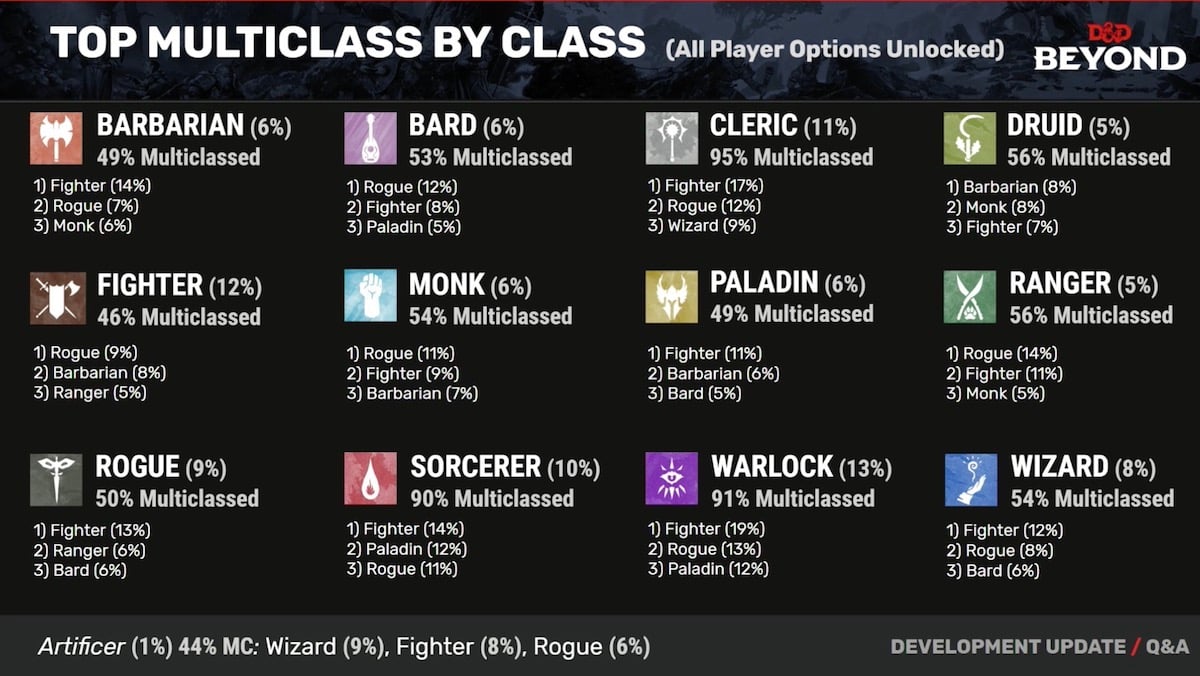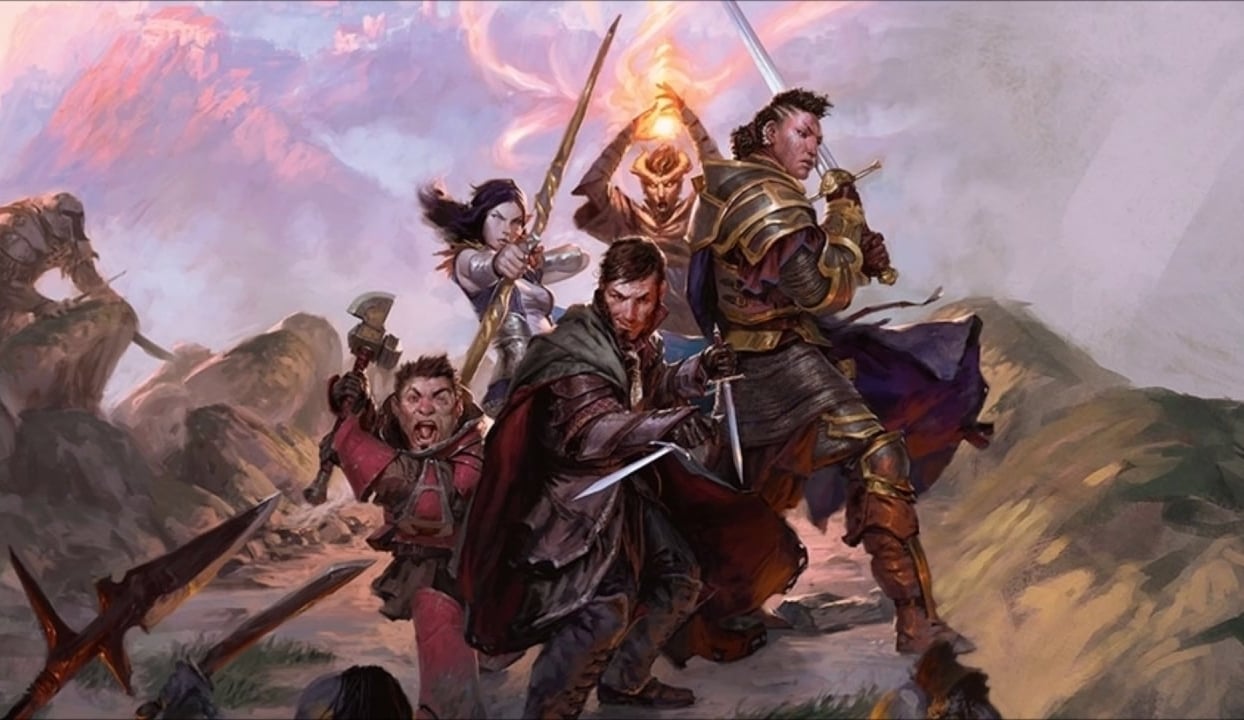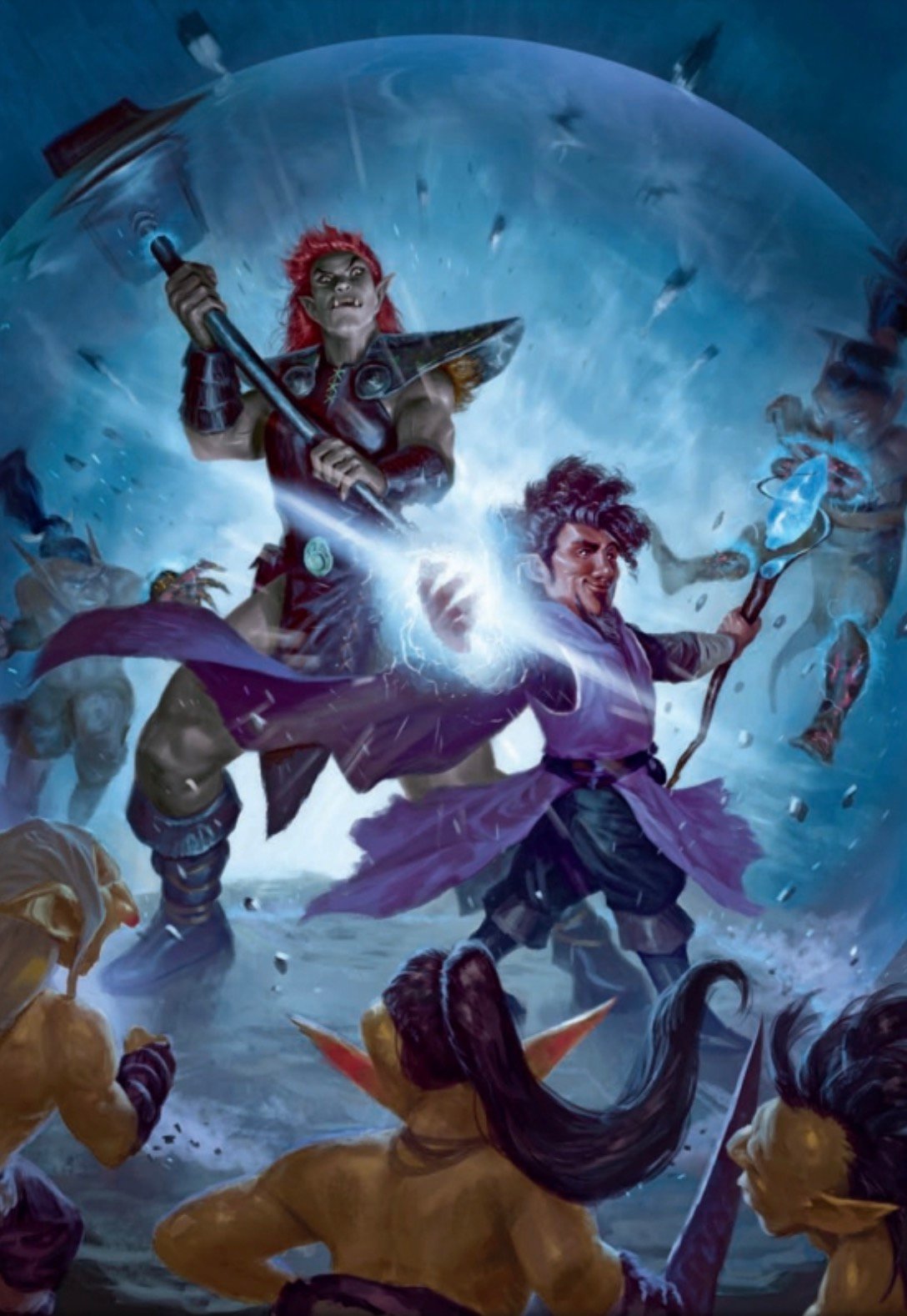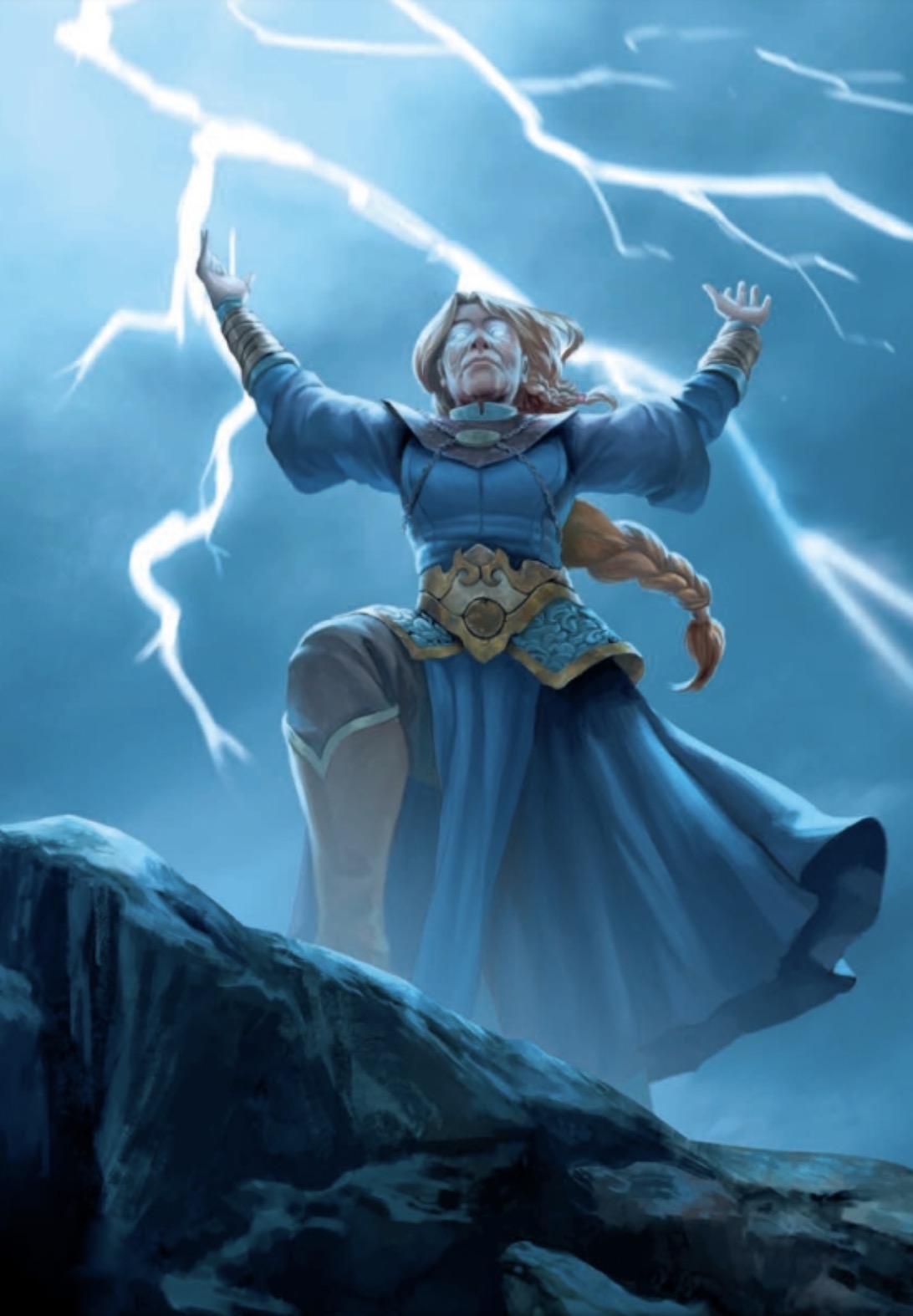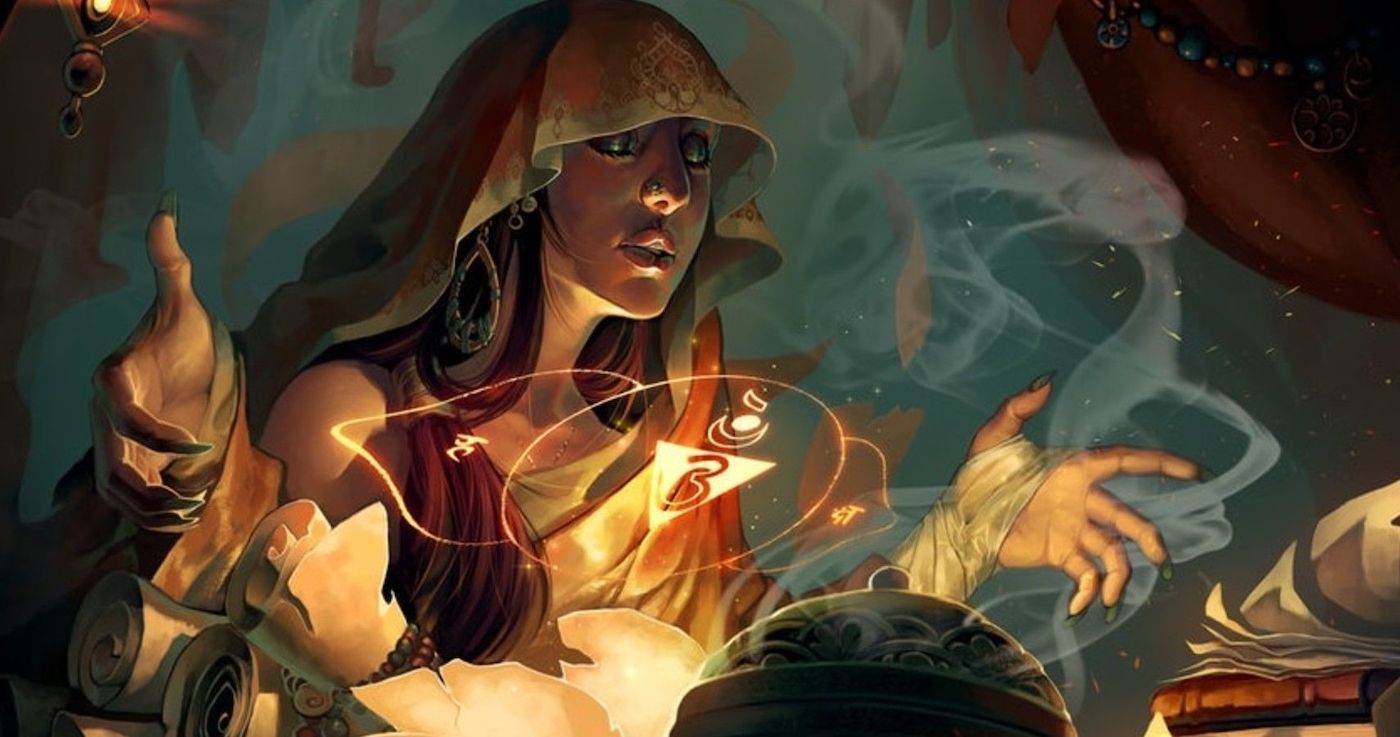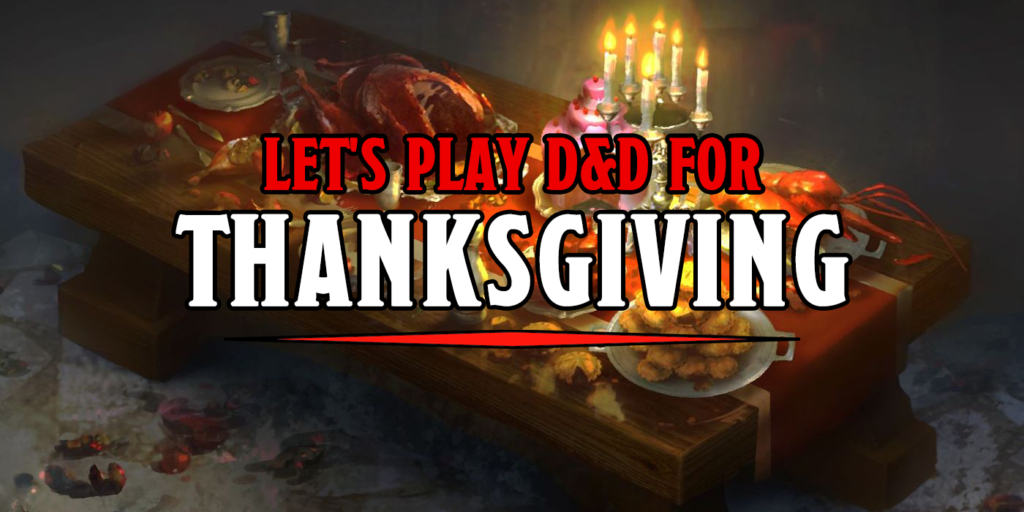D&D 5E Guide: How To Multiclass– Wizard
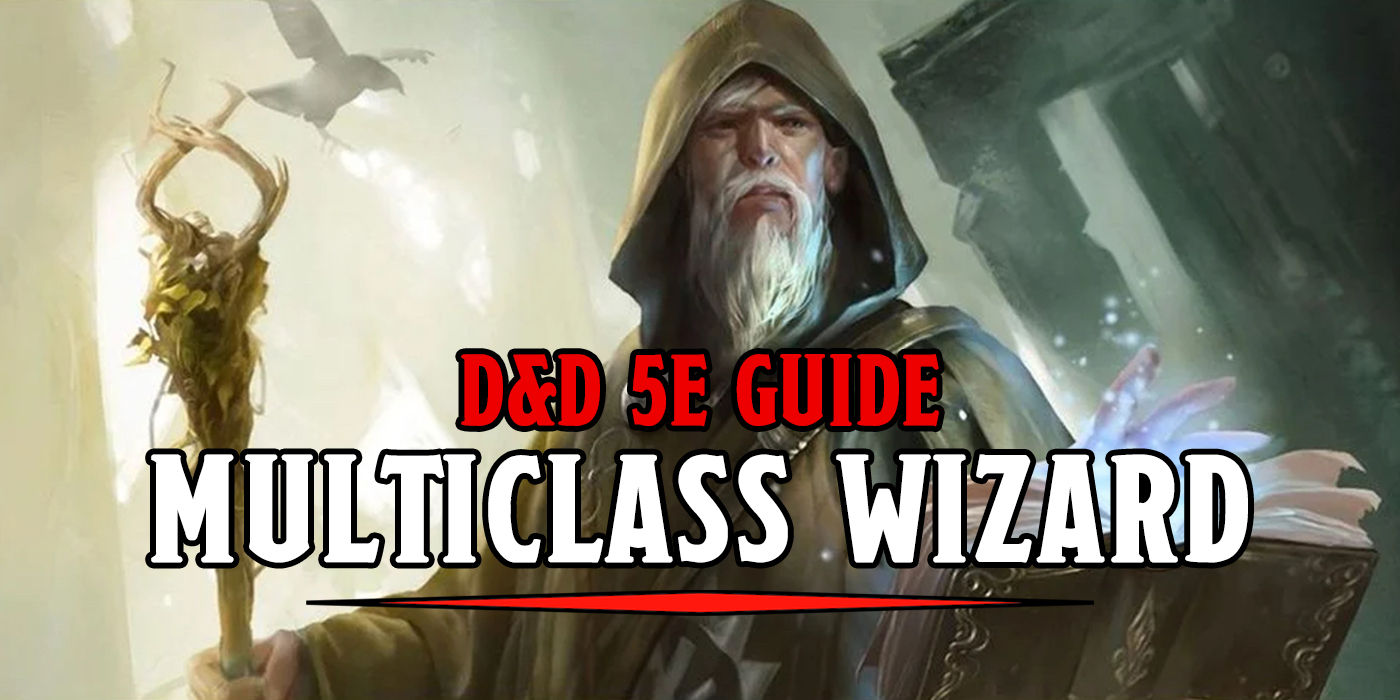
Multiclassing in D&D is a great way to add depth to your character. Whip up your Wizard with this 5E Wizard multiclass guide.
Wizards are more than just bearded men who wear dresses and shout incomprehensible gibberish at you until you explode. They can trace a direct line back to the original Magic-User back before there were Sorcerers, Warlocks, and even Bards. They set the groundwork for how spells are cast, and they can be some of the most powerful members in a party.
But if you want to add a little more depth or to round out some of your wizardly weak spots, multiclassing can be a good way to go. It can be tricky, because some folks like to plan for a theoretical 20th level and wonder whether or not they’ll ever get access to 9th level spells. So you might see Wizards splash another class like Magic player who’s just discovered that Mono Red can have Green in it.
But multiclassing can open many doors and even if you don’t make it to level 20, you can create a character that tells the story you want with a little bit of multiclassing.
The biggest thing that makes Wizards work is their spellcasting. It can be a trade-off, every level you take in Wizard delays access to your highest level spells known.
But once you hit 3rd level spells, you can pretty frequently pick out what you need and just upcast for greater effect. So if you’re going to multiclass, it can be helpful to think about what you want to do with your spells.
Do you want to deal damage? Do you want to protect your allies? Your Wizard subclass can help determine some of that.
Sometimes multiclassing can help round out your spell lists. Cleric, in particular, is a good class for Wizards looking to expand their magical horizons.
Taking on another class can help you either know more spells than anyone else, or cast so many spells in a turn that it doesn’t matter that all you know is Fireball and Featherfall. Knowing how to multiclass paves the way.
Multiclassing Your Wizard
In general, Wizards who multiclass tend to look for two things. Maybe they want to access to otherwise restricted spells which can come from other spellcasting classes. Or they might look for combat tricks.
Fighter/Wizard is a popular combo because it allows you to pick a turn to really go off, thanks to Action Surge.
But Wizard can be a great base for a number of concepts beyond just “a spellcaster.” If you take a step back from what makes your character “the most optimized” Wizard can pave the way to a number of interesting characters.
There’s the typical “Gish” that uses melee and magic. You could also make your Arcane Trickster much more of a magical thief. Or you can combo Druid and Wizard to be the ultimate force of nature.
A lot of 5E multiclass Wizardry comes from knowing what subclass features you want, too. As a Wizard, you get a new feature at the 2nd, 6th, 10th, and 14th levels. So you’ll want to know which of those features you want to make use of.
Typically the 2nd level feature is a good bet for building a character around–Divination and Abjuration start cooking early, while Evocation wants a few more levels before it really takes off. It’s also worth noting the new Wizard features included in Tasha’s Cauldron of Everything.
5E Wizard Pairing Options
Multiclassed Wizards and Fighters are the most common combination for a reason. Taking two or more levels of Fighters can get you so much while also counteracting a Wizard’s key weaknesses.
For starters, two levels get you Action Surge. That is the key to casting two (and potentially even three) spells on a single turn.
Taking Fighter also gets you a fighting style, proficiency with medium armor and shields (though if you start as a Fighter you get Heavy Armor as well). And if you take Eldritch Knight at the 3rd level, you can make up for some of the missing spell progression while picking up the class features that you want.
Wizards and Clerics make for an incredibly versatile combo. In earlier editions, this was the way to the Mythic Theurge class. That was all about blending mastery of divine and arcane magic.
There are no prestige classes or epic destinies in 5th Edition outside of 3rd party supplements. But you can still get a lot out of having the bonkers spell list that Clerics and Wizards have together.
This is perhaps the most flexible of classes because there are so many options and both Wizard and Cleric get their subclass features early. So you can build the ultimate trickster by combining Trickery Cleric with Illusion Wizard.
Or you can focus on maximizing your thunder and lightning by combining Tempest Cleric and Evoker Wizard. You only need a couple of Cleric levels to get Channel Divinity.
Multiclassed Wizards and Artificers make for an interesting combo because both Artificer and Wizard are primary Intelligence casters.
With this synergy, you can get a surprising amount of sustainability in between rests. You’ll cast spells like a Wizard, but infuse temporary magical items to share with your party members.
Artificer’s subclasses can be very thematic too: Alchemist, Armorer, even Battle Smith. All of these suggest different ways you can focus on creating a magical crafter.
In general, you only need a few levels of Artificer to really kick things off, and even one is amazing. But three gets you your first subclass feature. Beyond that, there are diminishing returns if your focus is on spellcasting, but there’s so much to play with here as a multiclassed Wizard.
D&D 5E Wizard Guide
Happy Adventuring! Let us know your favorite 5E Monk multiclass builds in the comments.

